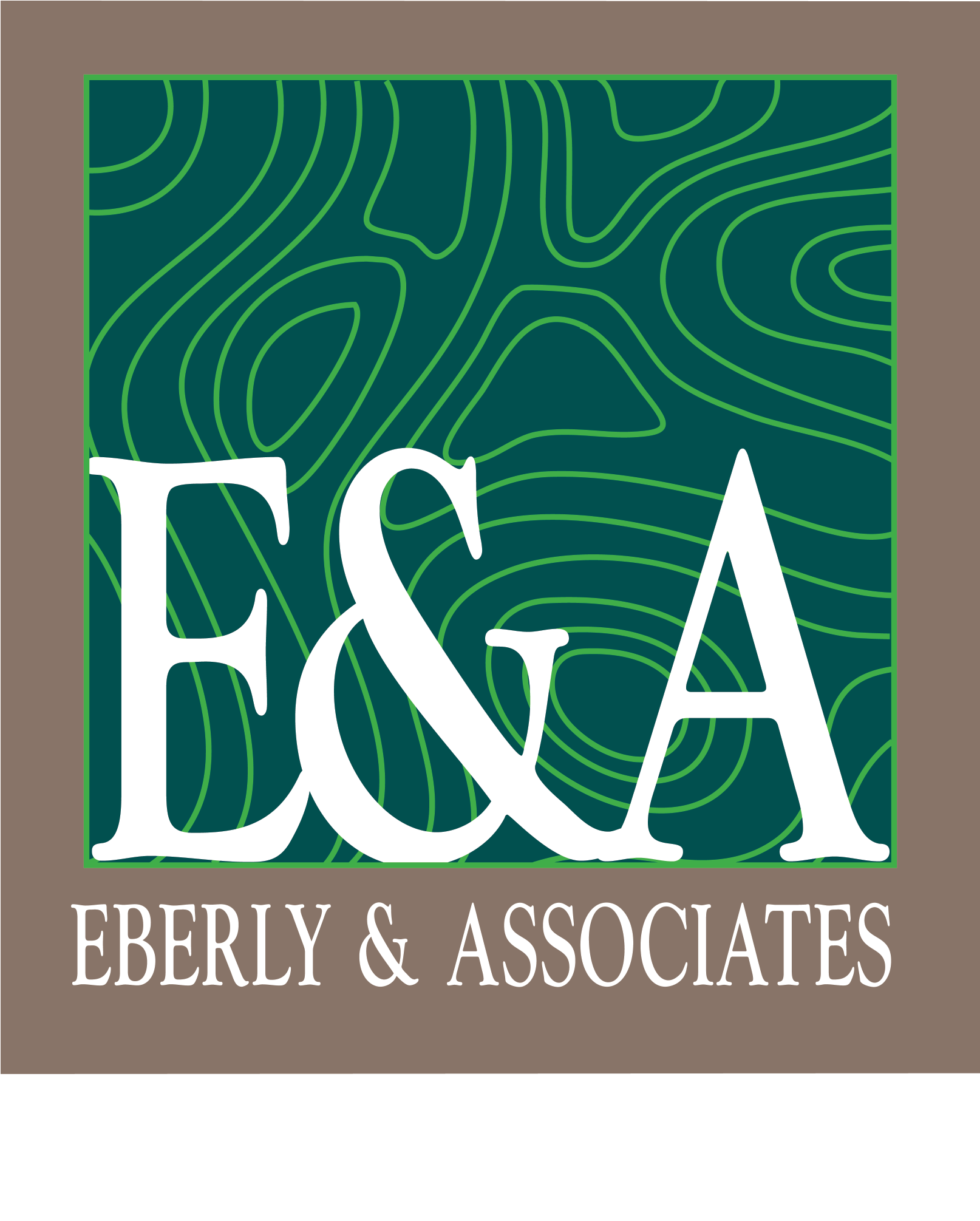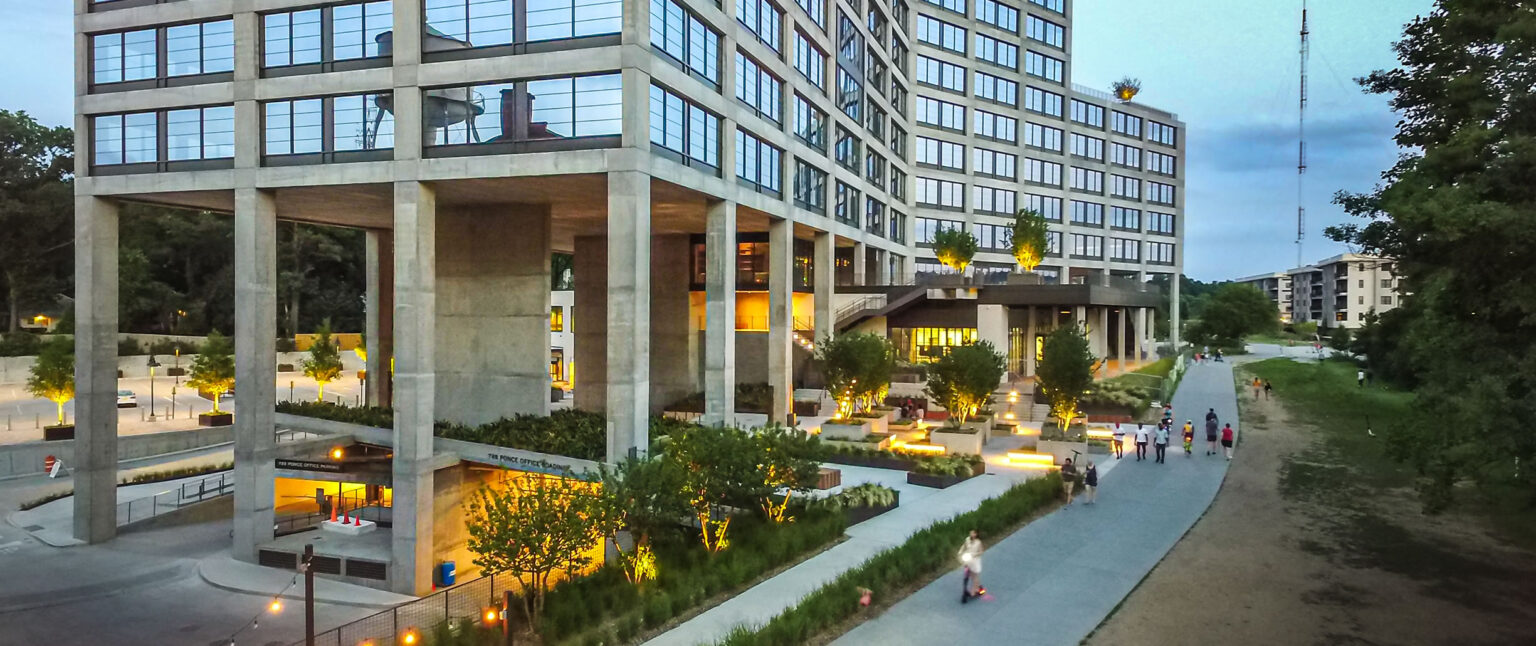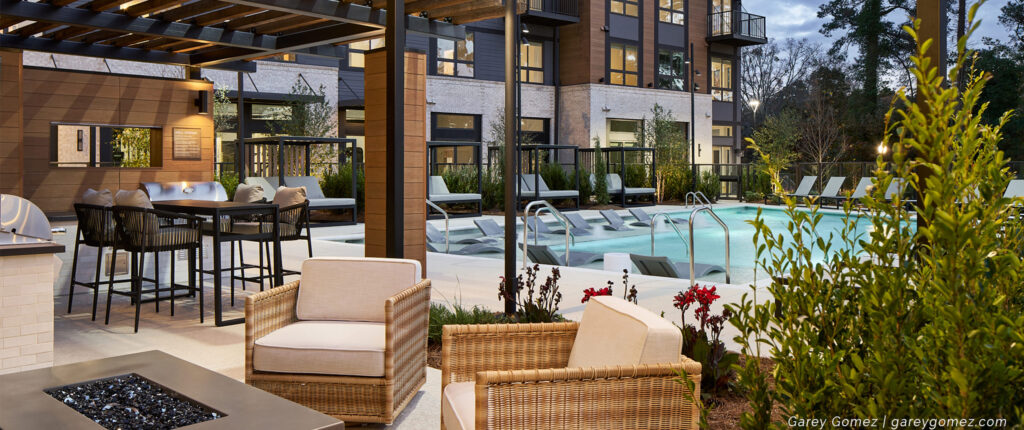Hardscape Design
What is hardscape design?
Hardscape design is a component of landscape architecture involving the planning and creation of features using non-living (or “hard”) materials in outdoor spaces, such as pathways, patios, retaining walls, grilling areas, and fountains. It complements landscaping by adding structure and function to outdoor areas, from a stylish outdoor kitchen to a relaxing patio with a fire pit. Hardscaping includes materials like stone, concrete, brick, asphalt, or wood to withstand weather and wear.
Hardscape design elements like decks, patios, water features, and greenery can help improve both the aesthetics and functionality of a space. Our team helped design site amenities at Atlanta’s Bryn House development, including the beautiful pool and outdoor entertaining space above.
What is hardscape design used for?
Hardscape design marries function with aesthetics to help both beautify and expand the use of an outdoor space. Depending on the project, some hardscape designs are more strictly for function than aesthetics and vice versa. In general, hardscaping is used to make a space more usable, from a walkway leading to someone’s front door to an outdoor plaza in a mixed-use complex.
Is hardscaping the same as landscaping?
Hardscape design falls under the greater ‘landscape design’ umbrella as it involves incorporating non-living elements into an overall landscape design plan.
Hardscaping vs. Softscaping vs. Landscaping – what’s the difference?
Landscaping is the overarching term that refers to altering the visible features of a piece of land to improve its functionality or aesthetics (or both!) by way of hardscaping and softscaping. Hardscaping is a component of landscaping that makes use of non-living elements like rock or stone, and softscaping is a component of landscaping that uses living elements like soil, flowers, shrubs, trees, and other plants.
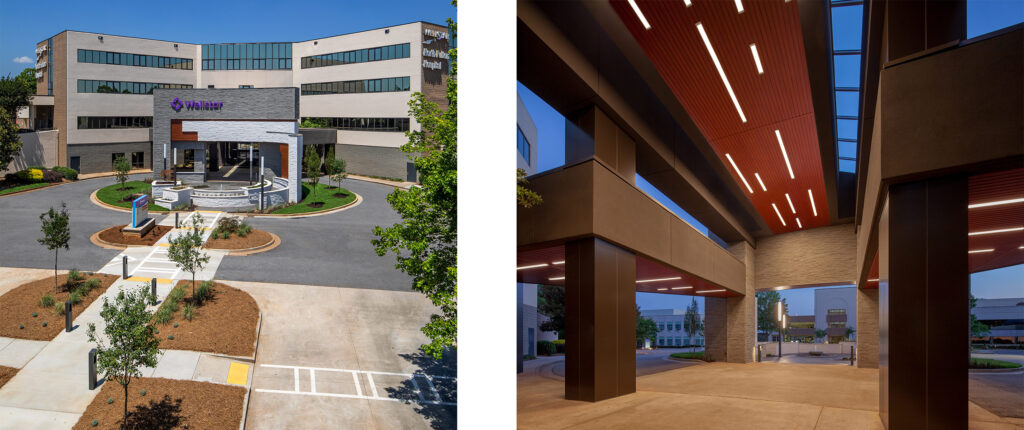
Hardscape design can help provide safer and more intuitive access for vehicles and pedestrians, as seen in our renovation of Wellstar North Fulton’s entrance above.
What are the benefits of hardscape design?
In addition to adding aesthetic appeal to an outdoor space, hardscape design offers numerous practical benefits:
1. Accessibility and expanded use of outdoor spaces
By creating hardscape design elements like walkways, pavers, retaining walls and patios, otherwise unused outdoor spaces can be transformed into walkable, usable spaces. Hardscaping can also make already usable outdoor spaces more accessible and easy to navigate for those with mobility concerns or physical disabilities, helping to maintain ADA compliance.
2. Outdoor beauty and function with lower maintenance
Hardscapes require far less upkeep than softscapes like lawns, trees, mulch, and gardens. Installing a hardscape design provides seasons of form and function without the worry of constant maintenance.
3. Hardscaping improves property value
Incorporating hardscape design into a landscaping plan effectively expands the use of a property and can also add significant curb appeal, both of which increase a property’s value to potential buyers. Having a smartly designed deck or patio area instantly expands the usable space of a home and opens the opportunity for aesthetic upgrades like a sitting wall, fire pit, or outdoor kitchen. Having a driveway made of concrete pavers instead of traditional asphalt adds curb appeal while lowering maintenance, increasing property value as well.
4. Guides foot traffic and flow of the space
Having clearly planned walkways helps visitors understand how to navigate a space while keeping them from stepping on areas they shouldn’t. Designing an outdoor space where foot traffic flows is important to the success of the space. Just because a walkway is there, it doesn’t mean someone will use it! If a space is poorly designed, you may find people taking ‘shortcuts’ across grass or gardens. Being sure to plan your walkways in a way that people naturally want to navigate a space is an important component to a smart and effective hardscape design.
5. Hardscaping helps combat against natural issues like erosion, pests, and weeds
Hardscaping elements like retaining walls or ground cover can help to fight against potential hazards like erosion and flooding. Hardscapes are also effective for combating weeds, whether from a concrete installation completely covering the area, or less permanent ground cover options like mulch or gravel. These ground cover options can also help protect against pests like insects and rodents by encouraging proper water drainage and making it more difficult to access plants they would want to eat.
6. Hardscaping benefits communities by encouraging outdoor enrichment
The COVID-19 pandemic has really highlighted the importance of being able to gather in an outdoor space when, at times, it has been the only option for safely seeing one another. Whether socially distancing or not, having access to outdoor environments helps strengthen communities by providing gathering places and multifunctional spaces. While we often think of outdoor spaces as centered around recreation, they are also places for learning, building community, working, expressing creativity, dining, and feeling more in touch with nature.
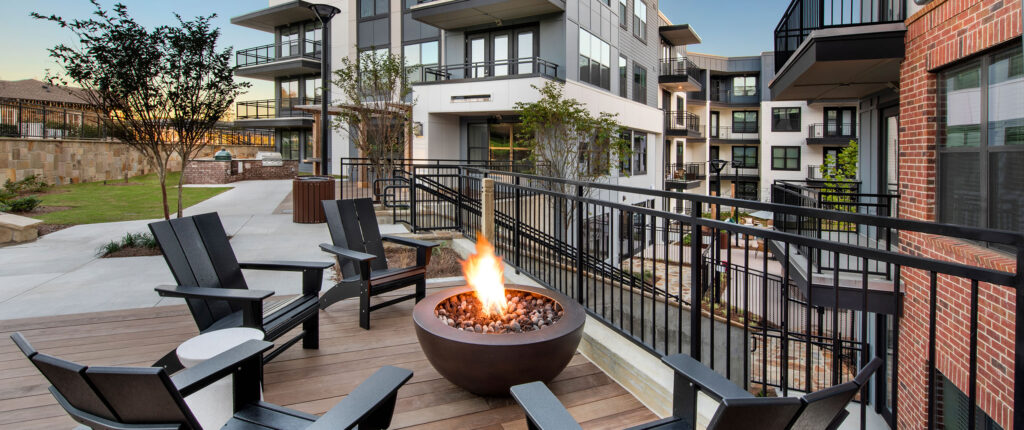
Form meets function with hardscape design for The Brunswick, with verstaile outdoor features combined with stormwater management systems.
5 Different Types of Hardscape Design
While hardscaping encompasses any type of alterations to land using non-living materials, here are some more common types of hardscape design:
1. Walkways
Walkways’ main goal is functional, but that doesn’t mean they can’t also be beautiful! Using pavers to create a tiled walkway can add low-maintenance durability while enhancing the aesthetics of a space.
2. Decks and Patios
From stained wood decks to concrete patios, these outdoor features not only create transitional inside/outside use of a space, but they can also greatly improve property value. Some hardscape deck and patio designs may include special areas for cooking or grilling, comfortable sitting areas, or overhead structures that can also incorporate softscape elements like pergolas.
3. Retaining walls
If you have an area of sloped terrain, a retaining wall can help to mitigate erosion and flooding while also adding further opportunity to expand the function and beauty of a space. Retaining walls can help promote proper soil drainage and discourage pests while also creating space for raised garden beds or other softscape structures.
4. Water features
Whether strictly for aesthetics or also for recreation, a water feature can add value, enjoyment and tranquility to a space. From rock waterfalls to koi ponds, pool bubblers,, fountains, and man-made streams, these water features require significant maintenance compared to other hardscape design elements like walkways and patios, but can be a beautiful addition to both residential and commercial properties.
5. Fire pits
Often incorporated as part of a patio, a fire pit adds a cozy element to a hardscape design that promotes community-building and enjoyment. There are lots of different aesthetic choices for fire pit design, from raised fire pits to in-ground, their shape, the design of the surrounding seating area, and the materials used to build them. Fire pits are a popular choice for single-family residences, luxury apartment complexes, and for commercial properties like hotels.
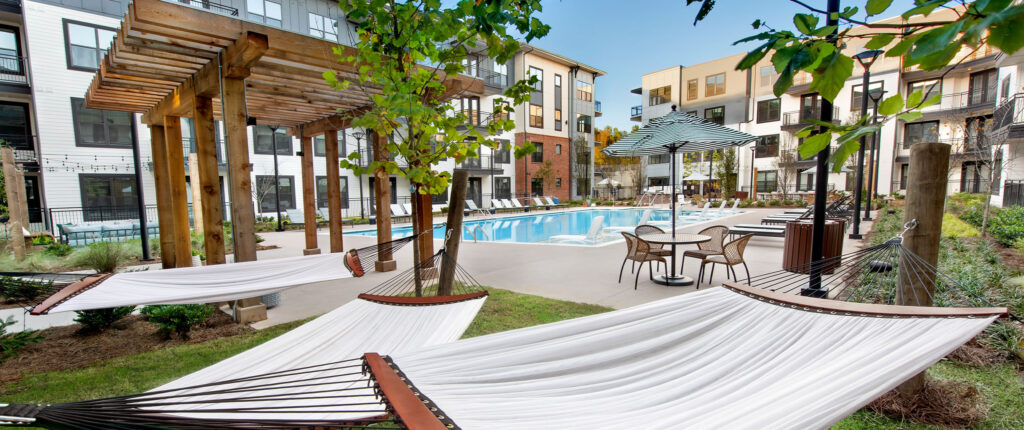
Is hardscaping good for the environment?
Depending on the materials used and the sustainability-focused business practices of the landscape architects designing the hardscape, hardscaping can certainly be eco-friendly! The goal of a particular hardscape design can also be sustainable, such as helping to promote proper stormwater drainage, creating space for planters to encourage natural pollinators, and conserving water with rainwater capture and reuse systems.
Explore hardscaping for your next project with Eberly
Whether you’re looking to design a multi-use plaza, build a beautiful water feature for the entrance to your building, help control erosion as you develop a property, or want to provide apartment residents with private patios and community outdoor gathering spaces, our landscape architects and land planners can help facilitate the perfect hardscape design solutions for you. Contact us today to talk with one of our friendly designers to learn about your hardscaping options and help make your vision a reality.
